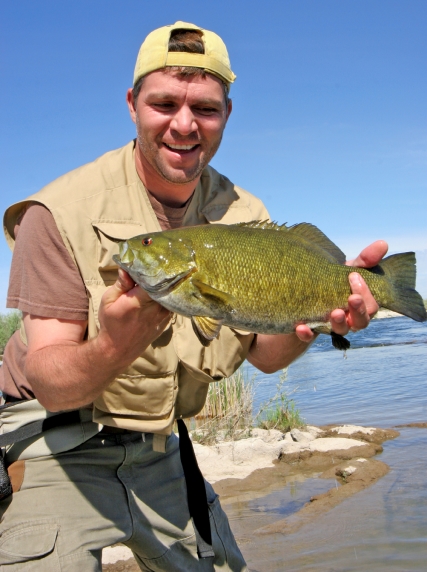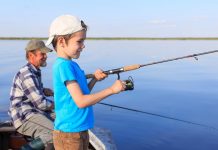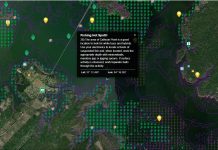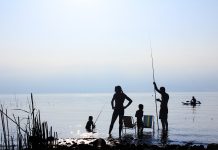Fishing the Lower Wisconsin River
The Lower Wisconsin River (LWR) flows from the dam just above Sauk City at Prairie du Sac and flows 92 unobstructed miles to its confluence with the Mississippi River at Prairie du Chein. There is deeper water directly below the dam where there are all species of fish year-round. But, most of the river downriver is shallow and not the place for bigger boats, if you value your lower units. The river flow changes regularly by Alliant Energy who owns the dams. The normal river flow is measured in cubic feet per second (c.f.s.), which is the water flow through the dams. The normal river flow in the Sauk Prairie area during the summer is 3,000 c.f.s. which is not real fast. You may always check the river flow by calling Alliant Energy at 1-800-242-1077. They update their recording every morning at 6:00 am. Once you get below the Highway 12 Bridge, the best boat for fishing the Lower Wisconsin is a Jon or flat-bottom river boat with a short shaft engine or a jet engine, which more and more anglers on the river are getting.
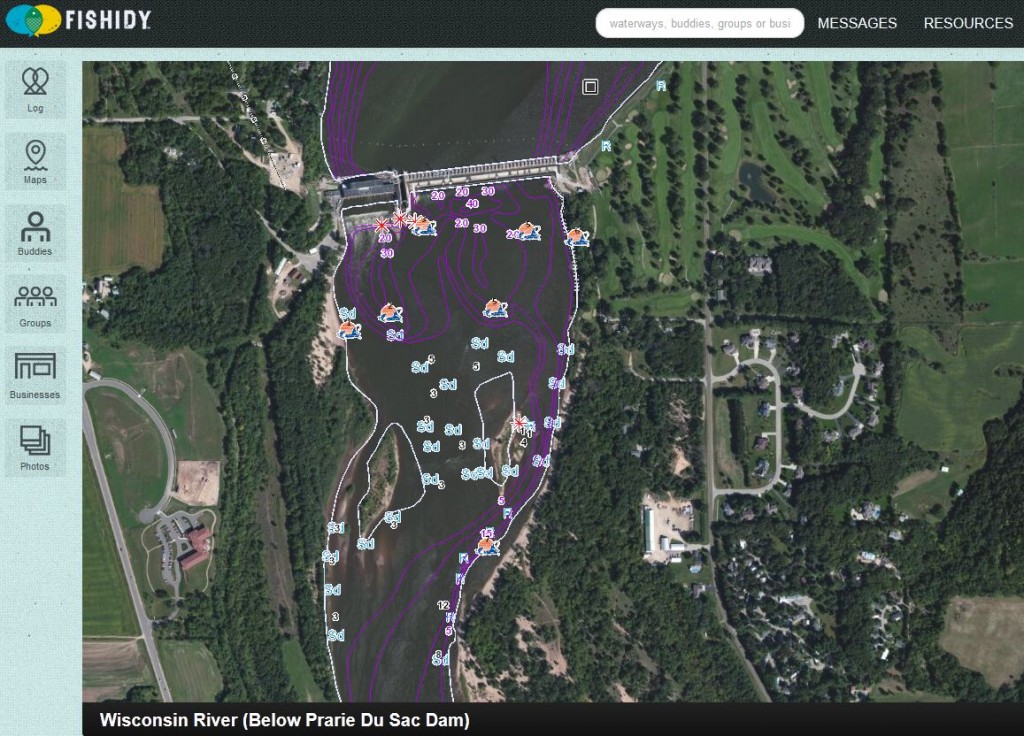
The Wisconsin River fishery is diverse with dozens of different fish if you include the rough fish. Early in the spring, the river near the dam is packed with anglers fishing the early walleye and sauger bite and after that, the white bass action. Now, the smallmouth are finishing their spawning and they provide quality fishing all summer. Often, it seems as the weather warms the smallmouth bite gets better. The Lower Wisconsin River provides a quality fishing experience all summer long with most days providing a “mixed bag” of fish that may include walleye, sauger, smallmouth and largemouth bass, northern pike, muskie, catfish, white bass, bluegills, crappies, and perch. Plus, there are more species of “rough fish” than most of us know including carp, buffalo, sheepshead, gar, burbot, and many, many more.
Tips & Techniques
Fishing methods and techniques are almost as varied with live bait fishing, jigging, rigging, trolling, and casting the most popular. Fishing live bait rigs will almost always catch some kind of fish! Though, you may spend some time dealing with rough fish. I prefer to slip the river’s current with my bow pointed upstream and running my trolling motor to keep slowly drifting down-river as I cast the shorelines with crankbaits, jigs/plastic, pre-rigged worms, or spinners (both in-line and safety pin types). Trolling crankbaits (Shad Raps, Mann’s Minus 5’s, and Wally Divers) work well for walleyes, sauger, smallmouth, and the odd pike or muskie. Try to work off your main motor or trolling motor if strong enough, and follow the breaklines in an S pattern which speeds up and slows down the baits you’re trolling. Pulling crawler and spinners also works for most fish and I recommend using a bottom bouncer with the spinner and a #2 or #3 blade. You can use live bait, but I’ve found that Berkley Power Bait and Gulp work just as well as live crawlers and save the mess from worm bedding. I highly recommend Power Bait and Gulp products for most fishing applications. I’ll always still have live bait with me, but I’ll try the Power Bait first to see if it works.
Some other locations to fish on the Wisconsin River include any wood and brush that you find since there aren’t any weeds in the main river due to the current, this is one of the main forms of structure. Any logs, log piles, and trees in the water will hold river fish. The wood also helps break the current for the fish which is a major factor since this allows fish to conserve energy. River fish burn calories fighting the daily current, so anything that helps them get out of the flow of the river is worthwhile fishing. Besides wood, this may include rocks, rock piles, bridge pilings, islands, river bends, bottom depressions, and sand bars. Drifting the river and watching for smallmouth and other fish working minnows works, watching birds if they are feeding on the water is a good sign, and watching for slack and bask eddies is a sure sign of a good place to try fishing.
The Wisconsin River is a great place to fish and spend a day or two. This is not high-tech fishing, but getting back to the basics and applying some of today’s new products.

